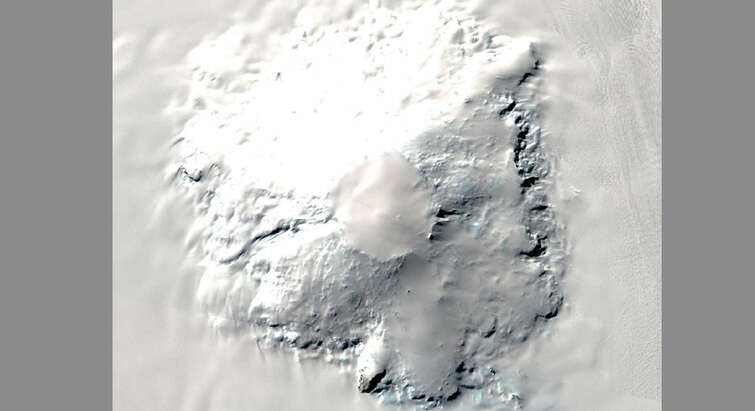
News about Physics
Viser 961 til 984 af 1478 dokumenter.


Qubits put into reverse

Women in Physics Prize 2017 awarded to up and coming astrophysicist Sarah Pearson

From deep under the Antartica-surface: IceCube has collected new knowledge about high-energy neutrino physics
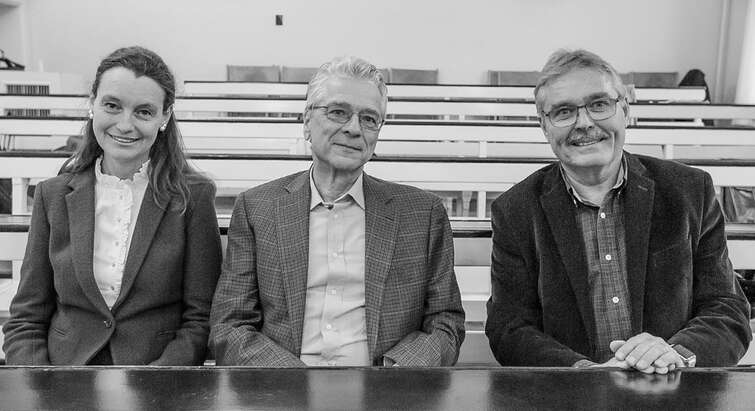
Jürgen Schukraft receives the Niels Bohr Institute Medal of Honour, 2017

Eugene Polzik receives DKK 10 million for fundamental research and innovation in quantum optics

Anja C. Andersen has been awarded the Danish Authors' Society Literary Prize 2017

New discovery: Supernova explodes several times

Signe Hillerup Larsen

Neutron star smash shakes universe
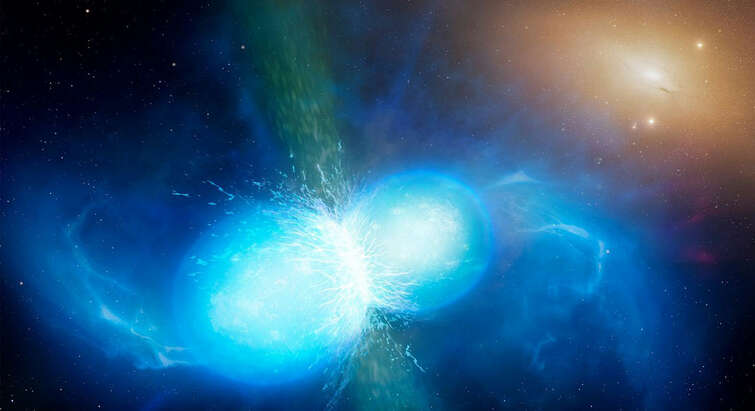
Neutronstjerners sammenstød rystede universet

Astronomerne har fået en ekstra sans

Now we can find out where the heavy elements come from
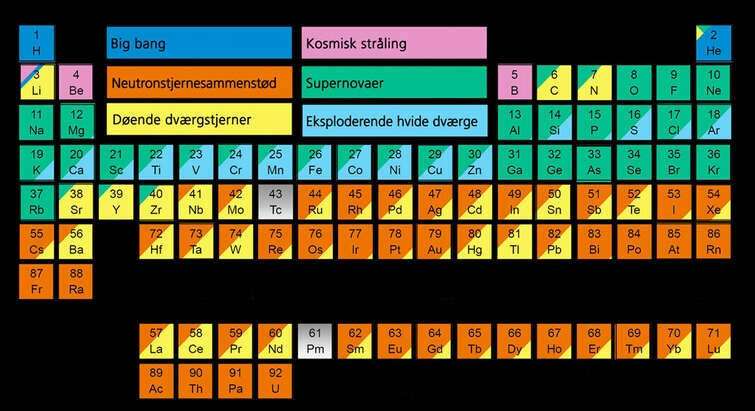
Nu er det bevist: Her kommer de tunge grundstoffer fra
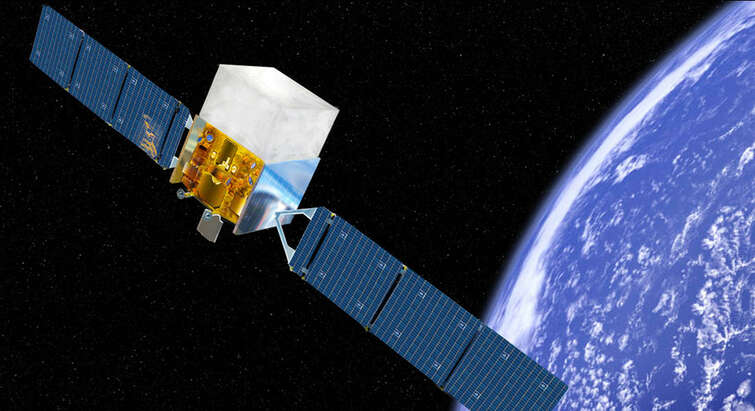
Sådan gjorde de: Den største astronomiske opdagelse i nyere tid

Congratulations to Niccolò Maffezzoli

ALMA and Rosetta Detect Freon-40 in Space

New generation ESA-satellites capable of revealing future sea level rises

Niccolò Maffezzoli

Nicolas Palm Perez

Asbjørn Arvad Jørgensen

Star formation influenced by local environmental conditions

Sofie Lindskov Hansen
